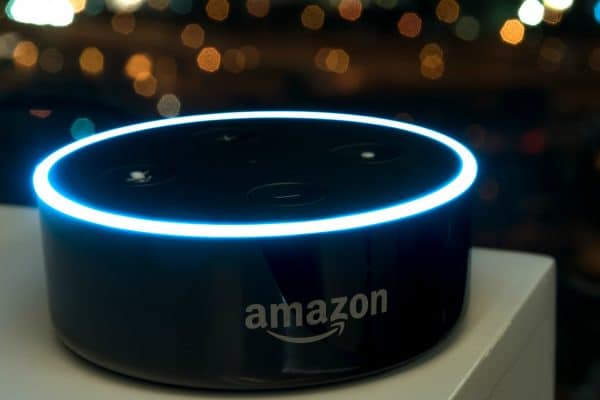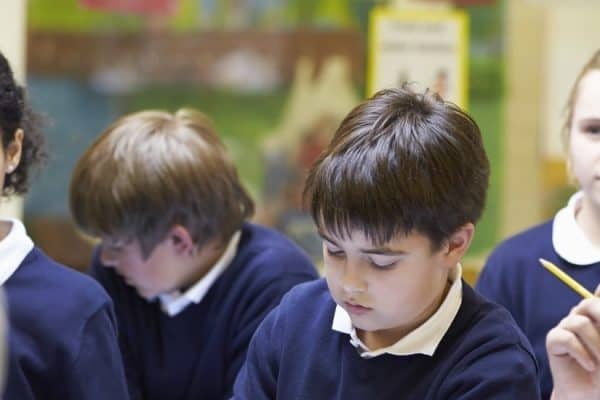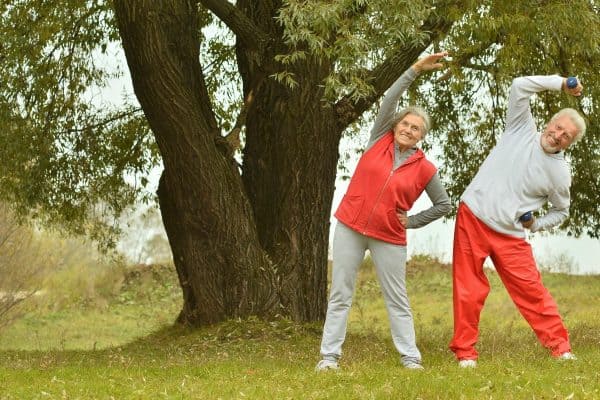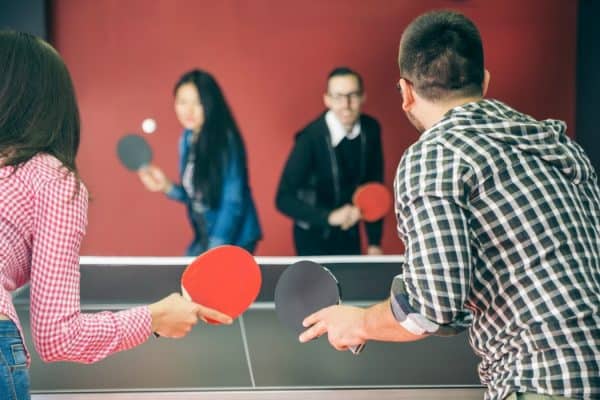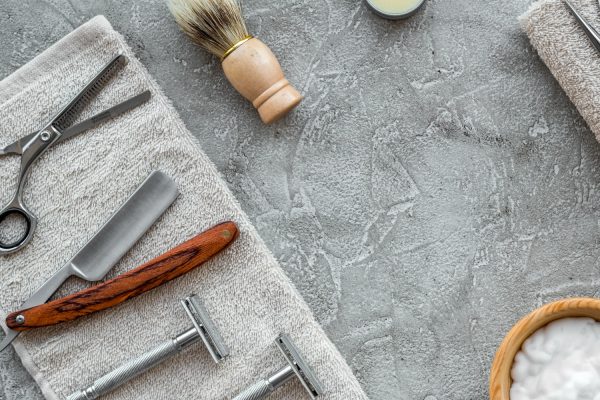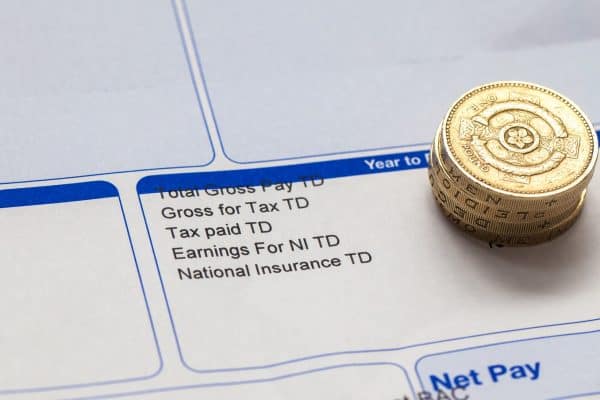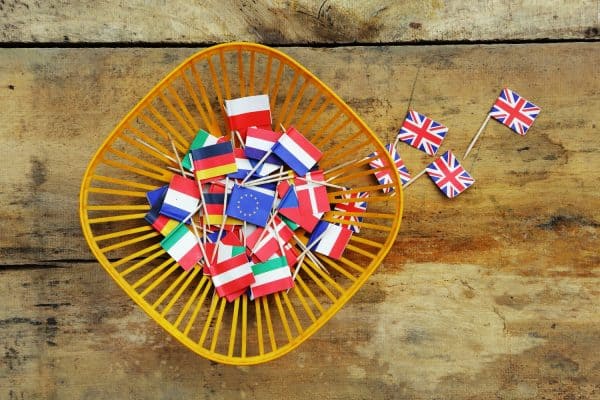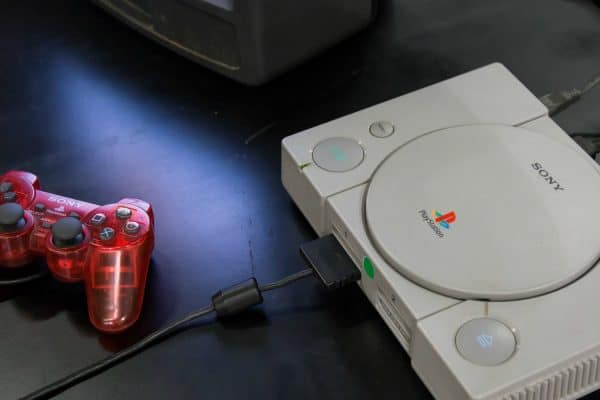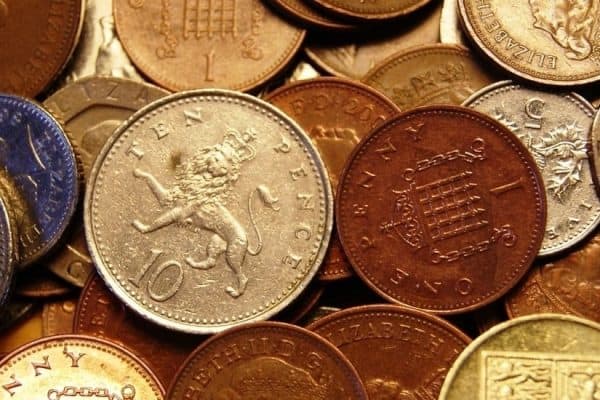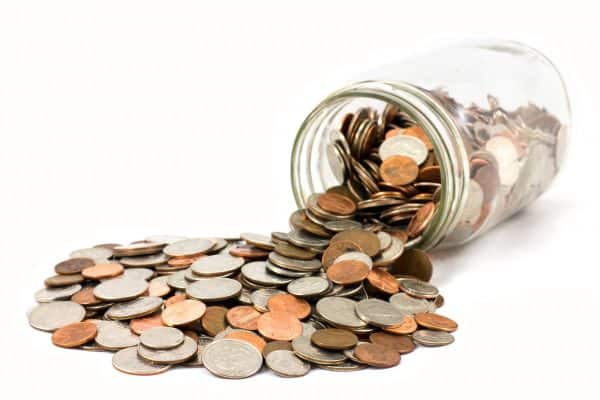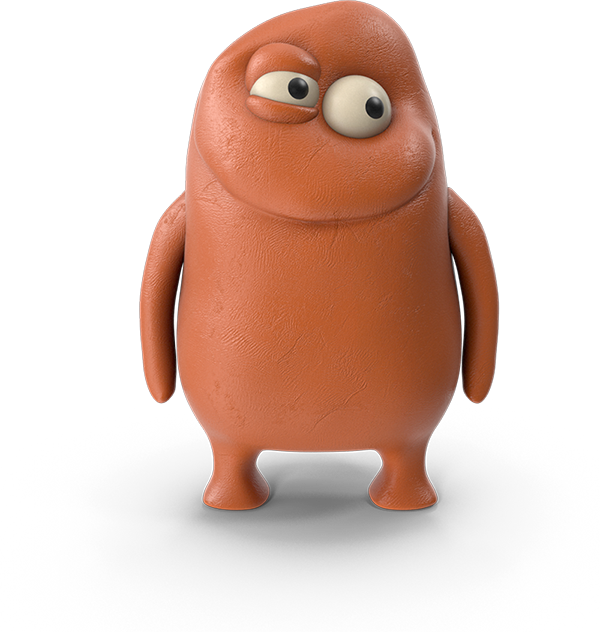Anyone who was, or had a child in the 90s or early noughties will remember the Beanie Babies craze. The collection of animals created by Ty Warner were a huge hit in the mid-90s and beyond. Those enamoured with the toys suspected from day one that they’d become valuable collectibles. But, why? And have Beanie Babies turned out to be as valuable as they were fabled to become?
Why did people think that Beanie Babies would become valuable?
TY Inc positioned Beanie Babies as collectibles from the start. They deliberately made them seem rare by adopting a number of tactics. They created designs in limited quantities, and retired them after a certain time. On top of that, they often limited the amount of stock of each design that individual shops could hold to create demand. This “scarcity strategy” created a collecting frenzy; people bought the toys firm in the belief that their toys would become valuable once the design was retired.
And, for a time, they were valuable. Those in possession of rare retired toys were able to sell them to collectors for up to 1,000 their original retail value in the late 90s and early 2000s.
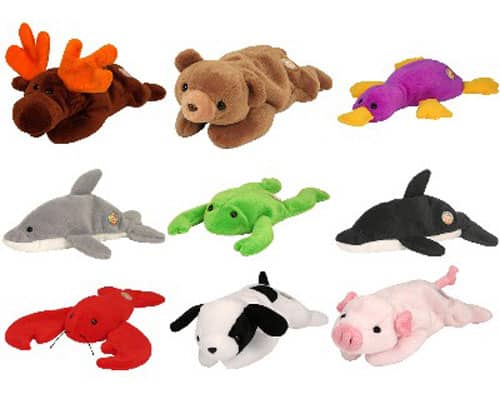
The original 9 Beanie Babies are thought to be among the most rare
20 years on, are Beanie Babies as valuable as people thought they would be?
In short, no. Eventually, the Beanie Baby bubble burst. Children and collectors moved on to the next big craze. Some still fetch a sizeable amount: a quick skim through eBay listings for Beanie Babies shows that the toys are on sale for all sorts of prices, from a few pounds to thousands, but many of the toys are worth no more now than when they were new. Even the ones that sell for seemingly high numbers are probably not as valuable as collectors first anticipated.
Which Beanie Babies are valuable?
Among the most valuable Beanie Babies are:
- The first generation “original nine”, which includes Brownie the Bear and Chocolate the Moose
- “Punchers” the Lobster, who was renamed to Pinchers
- Patti the Platypus
- Princess the Bear
- Valentino the Bear
- Claude the Crab
Beanie Babies were wildly popular and collected enthusiastically around the world. Serious collectors will still pay good money for Beanie Babies that meet certain criteria. Like most “vintage” toys, those in mint condition are much more valuable than those that have been played with and loved. In the case of Beanie Babies, this usually means they still need to have their tags attached to stand a chance of fetching you a tidy sum. In particular, toys with unusual tags such as those with errors (of which there are plenty), and early generations of Beanie Babies tend to be the most sought after.
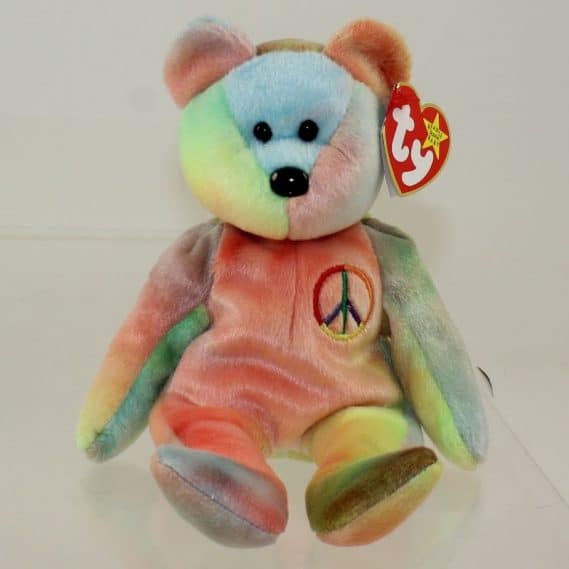
Peace the Bear has almost 50 varieties of tag, country of origin and pellet type. Some varieties are extremely rare and could be valuable! Image courtesy of The Complete Set.
The original nine
The first generation “original nine” are thought to be among the most valuable Beanie Babies. These are Chocolate the Moose, Brownie the Bear (later called Cubbie), Flash the Dolphin, Legs the Frog, Pinchers the Lobster, Splash the Orca Whale, Spot the Dog, Squealer the Pig and Patti the Platypus. Even among these, values vary. Pinchers the lobster, for example, was originally named Punchers. But, since people thought the name was a typo, TY quickly changed it to Pinchers. If you have a TY lobster with the name Punchers on its tag, you have something very rare indeed!
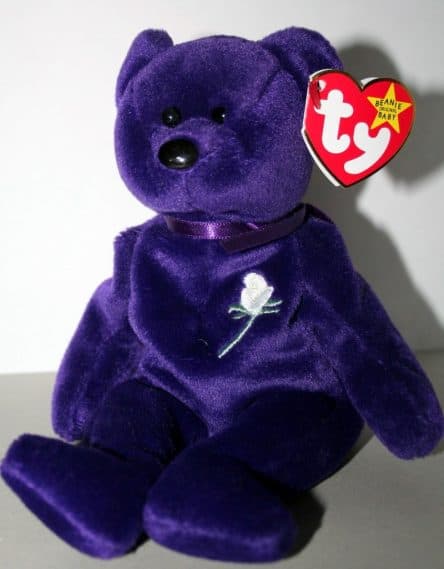
Some versions of Princess the Bear have sold for over £1000! Image courtesy of The Complete Set
Rare bears and multi-colour Beanie Babies
Many early designs continued beyond the first generation, so having one doesn’t guarantee its value. Other valuable Beanie Babies include the bears Princess, Curly and Valentino, and Claude the Crab. Some Beanie Baby designs, like Patti the Platypus, were released in multiple colours, which can make them more valuable, too. Tie-dye effect Beanie Babies like Peace the Bear are also collectible, as their tie-dye fur makes each bear one of a kind.
How can I find out if my Beanie Babies are valuable?
The main way to identify a valuable Beanie Baby is to check its tags – both swing tag and “tush tag”. Each generation had a different tag design, so you should be able to identify which generation yours belongs to using this chart. Tush tags have more variations than swing tags, so it’s a little more difficult to work out the generation of your Beanie Babies from tush tag alone.

Image courtesy of Love My Beanies
If in doubt, check online to see what other people are selling similar Beanie Babies for. This will give you a good indicator of what yours could fetch. Remember though – your collection is only worth what someone is prepared to pay for it!
Do you have any valuable Beanie Babies squirrelled away?
